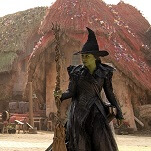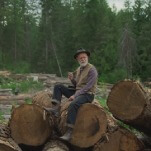R.I.P. Koko the Gorilla

Koko, the western lowland gorilla who changed humanity’s understanding of animal communication with her mastery of American Sign Language, has died. In a statement, the research center where Koko lived for most of her life says, “The Gorilla Foundation is sad to announce the passing of our beloved Koko. Her impact has been profound and what she has taught us about the emotional capacity of gorillas and their cognitive abilities will continue to shape the world.” The famous gorilla reportedly died in her sleep on Tuesday morning. She was 46.
Born in the San Francisco Zoo in 1971, as a newborn Koko (who was originally named Hanabi-ko, Japanese for “fireworks child”) was selected by a young animal psychologist named Francine “Penny” Paterson for an experiment in teaching animals sign language. Koko took to it, to say the least, eventually learning more than 1,000 signs as well as understanding spoken English. She became a celebrity as a result, appearing on the cover of National Geographic multiple times. She was also the subject of multiple documentaries, including Barbet Schroeder’s Koko: A Talking Gorilla (1979) and Koko—The Gorilla Who Talks (2016). (The latter is currently available on Netflix.) She was also visited by celebrities like Fred Rogers (an encounter that appears in the new documentary Won’t You Be My Neighbor?), Betty White, and Robin Williams.







































